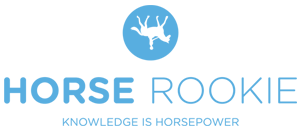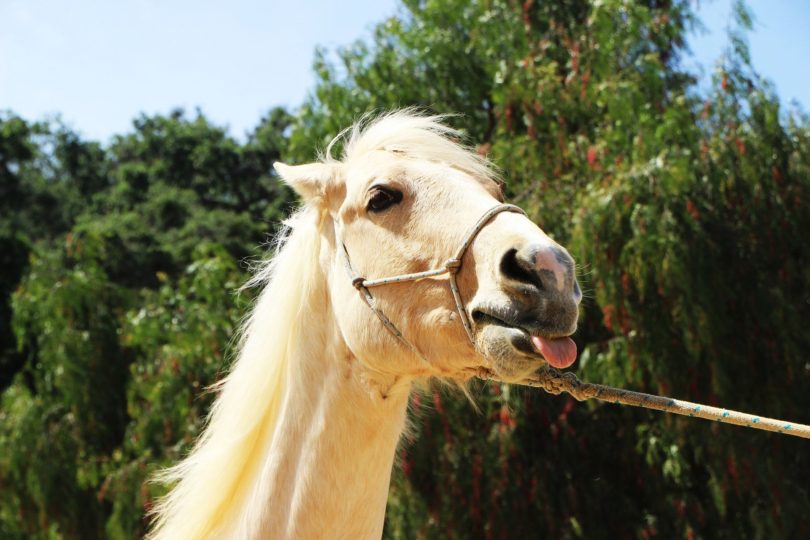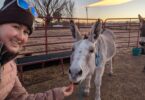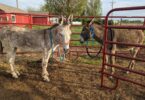Bringing out the best from your equine partner
Over the years of riding and meeting many horses with their varying personalities, some of the most talented horses I have come across were strong-headed button-pushers. These are the “challenging horses,” the ones that are not as quick to be understood and often not the first to be picked by the average rider.
But understanding what makes the challenging horse tick will bring their dazzling personality to the surface, and give you a ride beyond your expectations.
How to Spot Challenging Horses
The challenging horse may come in various packages. There is no physical characteristic that defines them, nor are they necessarily neurotic or lively. Challenging horses will reveal themselves when you ride them.
They are the ones who will test you the second you hop on. They will try to find out where your boundaries are, what they can get away with, and, most importantly, what you expect of them. It is this last classification that makes them special, given time and development in your communication.
For some, they will amusingly challenge everything you signal them to do the first time that you ask them to do it. Usually it is not until you stump them or throw in an unexpected request that they begin to pay attention.
They bore easily and they get frazzled by lack of engagement.
Read on for tips that help you keep challenging horses engaged and bring out their talent.
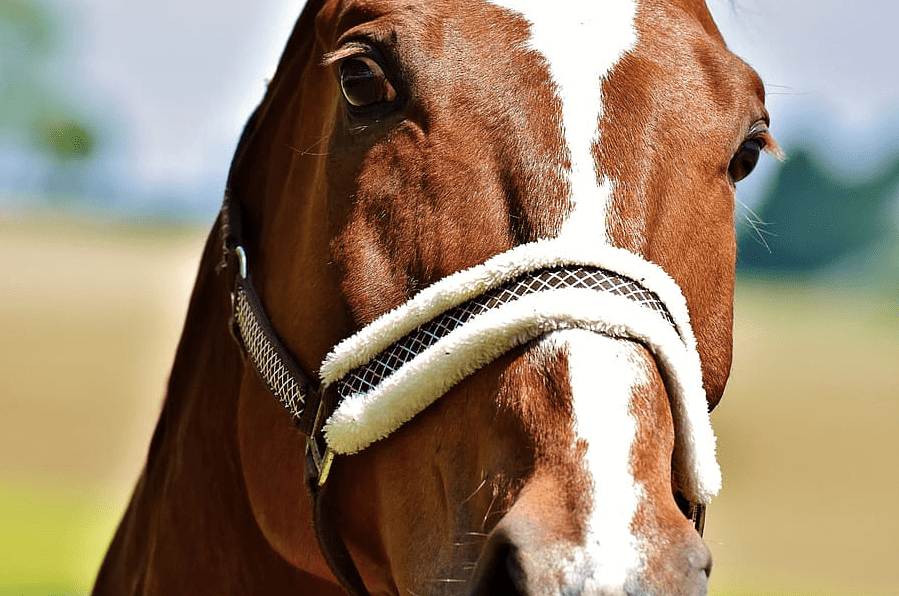
Photo Credit: Pxfuel
Keep Their Attention
The most prominent characteristic of challenging horses is their tendency towards boredom. Make your workouts different every time you ride them. Even if you need to hone the same exercises over the course of several sessions, mix up the routine.
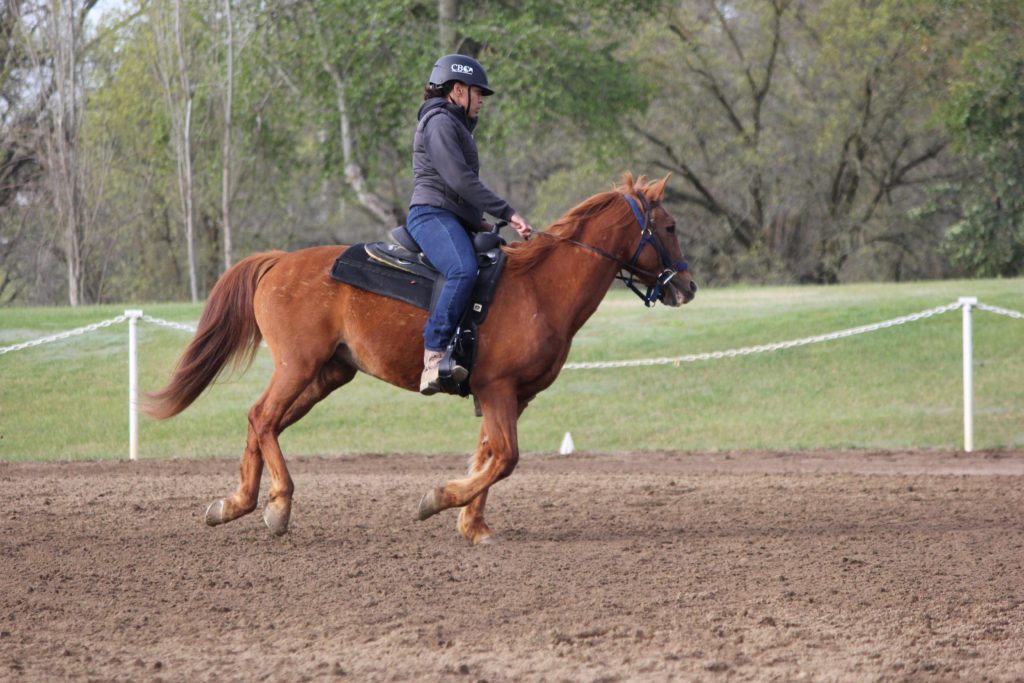
Photo Credit: Brittney Chambers
Incorporate the same exercises, but in a different order. Be spontaneous in your sessions with them and re-think your normal riding routine. There will be times when you have their attention from the beginning of the ride–use these times to your advantage. Hone those exercises that you have been working on.
When they begin to do erratic things after practicing one exercise for a while, like floating into the middle of the arena, wiggling and kicking out their back feet, throw in an exercise you weren’t even planning on.
Distinguish Between Obstinate and Overwhelmed
This personality has a unique propensity to work hard and think harder. Many of them will try to learn your riding tendencies and anticipate them in the future. Furthermore, they may try to over-analyze your ride when they are trying to figure you out.
I have found that they may use this information to either counteract you, or to impress you. Sometimes they argue with you from sheer obstinacy, because they don’t want to put in the effort, and sometimes they argue because they are overwhelmed.
This is the great task for the rider. If you’re not paying attention to the nuances of the horse’s personality, you could miss encouraging them into the next level, or you could push them past their breaking point.
The surefire way to know is by assessing how anxious they are in their body. This is probably the most important thing to take note of — not just for this personality, but for all horses.
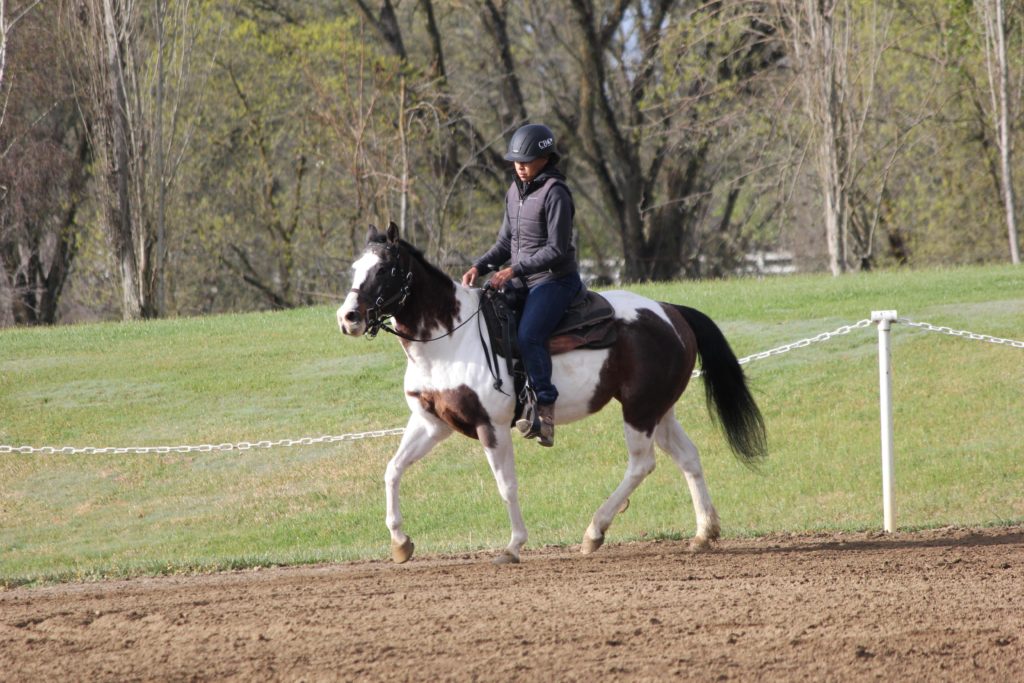
Photo Credit: Brittney Chambers
When you feel them bracing against your movements, acting jumpy and reactive, you probably have a horse who is nervous, confused, and overwhelmed. If this happens, it is time to reassure them: tone down the exercise, pet their neck, talk to them soothingly, or work on something that you know they are comfortable with and good at. You can revisit the original exercise, but don’t go directly back to it with the same approach. Ease them into it, and start with small increments that increase slowly.
The last thing you want to do is to gain their trust after being so nervous, then force them full throttle back into the situation that made them afraid in the first place.
You want to push them past their comfort threshold, not off the cliff.
In my experience, these types of horses do not tend towards anxiety unless someone has punished them over and over for lack of understanding. So, if you have recently bought a horse who matches this description, just realize that they may need time.
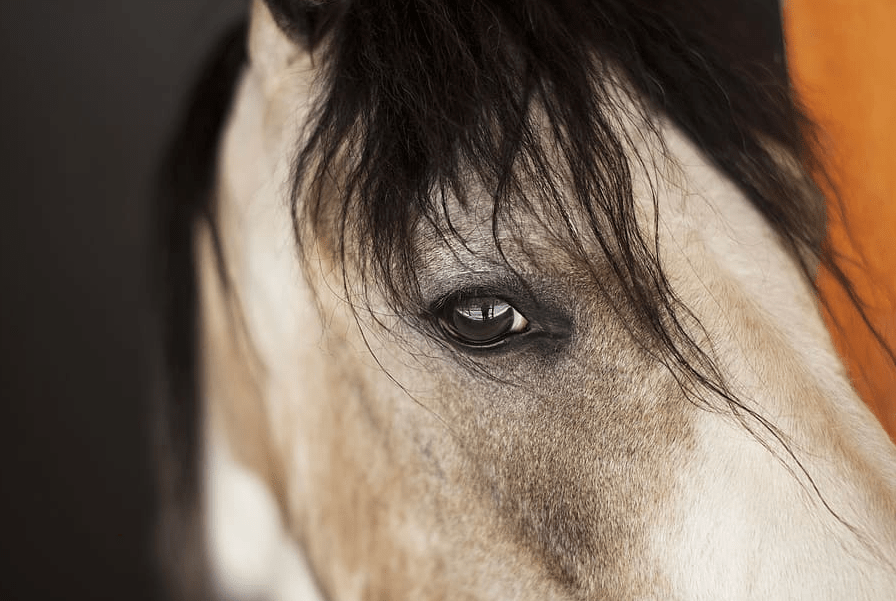
Photo Credit: Pxfuel
Is your anxiety contributing to the problem? Check out our 33 tips for nervous riders.
On the other hand, if your horse is relaxed and you ask him to move in a way that he is underdeveloped (either mentally or physically), he may push back because he doesn’t want this discomfort. It will seem obstinate, but unlike us, it doesn’t have a deep psychological reason behind it. It is just plain uncomfortable.
When you recognize this non-anxious push-back, persistent and determined nudges will get him past his comfort zone and move him to the next level.
Push Their Buttons Back
Once you learn the difference between obstinate and overwhelmed for your challenging horse, you will know how to juggle his boredom, analytical process, and button-pushing habit. You will be able to encourage him into new experiences without pushing him over the edge into a tantrum.
When you get to this point, go ahead and push his buttons back. When he starts to get bored, change the exercise. When he insists on doing the exercise one way, challenge him to do something he has never done before.
The neat thing about the “challenging horse” is that when he trusts the person challenging him, he will rise to the occasion. He will be narrowly focused on figuring out exactly what you want. And he will keep seeking your affirmation through his hard work and full attention towards you.
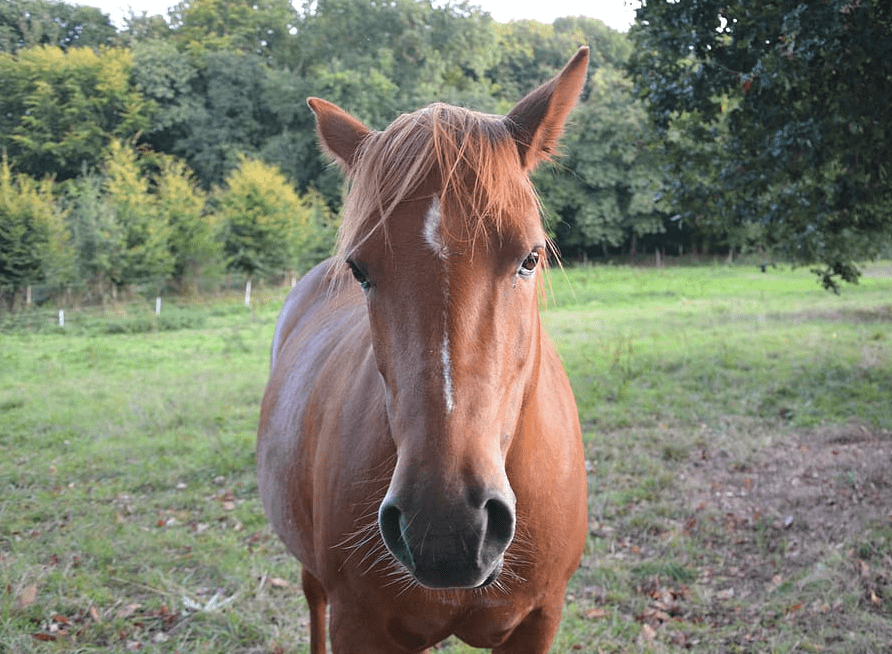
Photo Credit: Pxfuel
As he figures out exactly what you’re asking of him, he will do it with the most intense finesse. Be sure to release and reward: show him somehow that he did well.
This is how the challenging horse shows his true talent — and it takes a special horse person to draw the best out of him.
Some of the Best Horses
Liken challenging personalities to the humans you know who enjoy teasing and contradicting people. Many people may not understand that they are trying to connect in their own way. But those who do will see that these people are, in their own unique way, pursuing a friendship.
Furthermore, their intelligence supersedes them. The challenging horse is no different.
They may be quirky or rough-around-the-edges. They may get stubborn, but in their own odd way, they are trying to communicate and please you. These horses are hard workers and thinkers.
They may try to counteract you as part of their push-pull dance, but really, their attempt to negotiate with you is a way of conversing. Natural contrarians, they like to be noticed, not ignored. The more you try to confine them into a standard-shaped box, the less they will perform.
When you learn to connect with them at their level, you have won a brilliant, loyal steed forever.
Frequently Asked Questions
What are common horse behavior problems?
Horses can do lots of things we don’t want them to do. Some are dangerous – such as biting, kicking, bucking, or rearing.
Others are just really annoying – like a horse who can’t be led on grass without ripping the rope away from you in order to eat. Not standing still when tied, not standing still for mounting, not stopping when asked, and not moving forward when asked are other common horse behavior problems.
Some behavior problems only occur when horses are stalled and anxious or bored, such as cribbing, weaving, or digging.
What is disrespectful horse behavior?
Horses display disrespectful behavior when they pin their ears, nip or bite, threateningly lift their back legs, and kick or strike out. They also are disrespectful when they constantly invade your space, especially if they make you take a step back.
In the herd, meeker horses always move out of the way of the pushier horses. You do not want to be the meek one in your “herd of two.” If anyone’s going to move, it should be your horse! In addition, not listening to simple requests – especially if nothing is physically wrong – is also a sign of disrespect. It’s a stubborn “You can’t make me!” display.
What should I do when a horse challenges me?
Ask a trainer to come give you a private lesson. A trainer can give you a demonstration and show you it’s possible to fix the issue, and then he or she can coach you through the same process and give real-time feedback.
Two things need to happen:
- Your horse needs to understand what you want (or don’t want).
- You need to feel confident that you have the ability to convey that to your horse.
Why do horse manners matter?
Horses are big animals, and their size alone can cause some serious injuries if they have no respect for humans.
A horse who thinks you’re nothing more than a scratching post can easily knock you over with one push. A bite from a horse definitely hurts, and so does getting stepped on by a horse who thinks it’s okay to invade your space. A grumpy horse who thinks he can express his opinion through a kick is also very dangerous.
And all of those examples involve just being on the ground with the horse – the danger increases once you’re on an ill-mannered horse’s back.
Why should you NOT put up with bad horse manners?
Horses need to behave politely around people for safety reasons. Furthermore, it’s also simply not fun at all to interact with a horse whose behavior frightens you.
Learning how to deal with a horse who is being disrespectful can make everything – from leading to grooming to riding – less of a power struggle and more of a fun adventure. Ignoring a horse’s disrespectful behavior will only cause it to snowball into a bigger – and scarier – problem.
P.S. Enjoy this article? Trot on over to:
- Scared to Ride Your Horse? Here’s How to Get Your Mojo Back
- What Are Some Ways to Gain Confidence Horseback Riding
- Horse Riding Safety Equipment That’s Worth Every Penny
- Safe vs. Sorry: How Often to Replace a Horseback Riding Helmet
- Coming Back From a Bad Fall: Day by Day Vlogs
